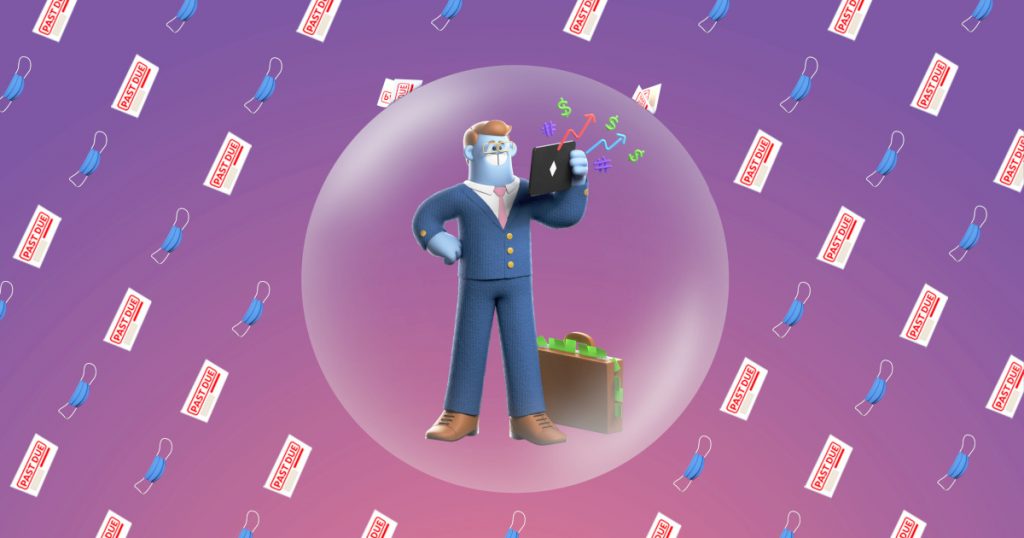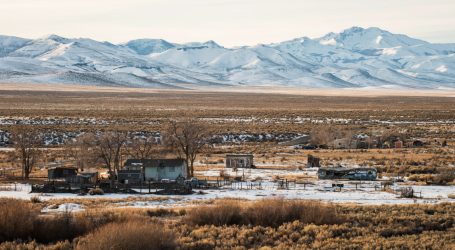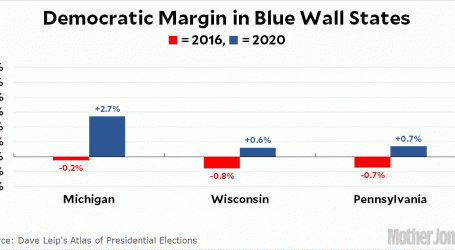How America’s Ultrawealthy Won the Pandemic
Let our journalists help you make sense of the noise: Subscribe to the Mother Jones Daily newsletter and get a recap of news that matters.Deadly viruses don’t much care what’s in your wallet, but socioeconomic privilege and access to wealth do wonders when it comes to not just surviving a plague but cashing in on it. Having spent more than a year prior to COVID working on a new book about American wealth in this Second Gilded Age (April 13, Simon & Schuster), I was worried about how the pandemic would affect my story. Yet perhaps unsurprisingly, over the past year, the superrich have remained safely ensconced on their side of an economic chasm that just keeps widening as investment profits flow to the top and America’s less fortunate struggle to stay above water. I put together these stats to show the extent to which our most privileged citizens have benefitted, often at the expense of everyday Americans.
Long before the pandemic hit, America’s economic spoils flowed disproportionately to the top earners, while more than half of the population failed to thrive.
to bolster social safety net programs
for reeling state and local governments
in tax breaks for businesses and their (mostly wealthy) owners
In the first three months of 2020, the combined wealth of Americans with assets of $30 million or more dipped 26%—but then bounced back almost entirely by the end of August.
The pandemic relief passed in December 2020 included a bipartisan provision that will save America’s wealthiest 1 percent an estimated $120 billion in taxes.
In the pandemic’s first full year, the combined net worth of 657 American billionaires increased by nearly 45%—about $1.3 trillion.
During that first pandemic year, 82 million people filed for unemployment benefits, and more than 100,000 businesses* shut down permanently.
In March 2021, more than 1 in 7 renters said they were behind on rent, as did roughly 1 in 5 renters of color. Meanwhile, 45 million Americans experienced food insecurity in 2020. That’s 10 million more than in 2019.
Foundations and wealthy philanthropists—notably MacKenzie Scott—opened their wallets wider in 2020 to help the needy weather the pandemic, and also gave in response to the nationwide protests for racial equity. For example, in a Council on Foundations survey of 250 major foundation leaders, 60% said their organizations would distribute more money than initially planned—17% more on average. Which seems pretty generous, until you consider the growth of foundation endowments in 2020, driven by a booming stock market.
Hazard pay given to Walmart workers
Increase in net worth of Walmart heirs Alice, Jim, and Rob Walton
Hazard pay given to Amazon workers
Increase in net worth of founder/CEO Jeff Bezos
In 2020, the employment rate for people making less than $27,000 tumbled 28%. For those making more than $60,000, it dropped less than 2%.
Average wages grew nearly 7% last year—but mostly because 7.9 million workers earning less than $14 per hour had lost their jobs.
76% of lower-income workers say their work cannot be done from home. Only 44% of upper-income workers say the same.
The cares Act lifted more than 18 million people out of poverty in April 2020. But 14 million fell back in after the act’s unemployment benefits dried up.
The average personal income of Americans jumped 10% in January—almost entirely due to the second round of stimulus.
Sources (not linked above)
From March to December 2020… (chart): Brookings Institution
Stimulus response: Lifted out of poverty/fell back in; personal income gains





